Ultimate Guide to Understanding Lifepo4 Battery Cell Technology and Its Benefits for Modern Energy Solutions
Table of Contents
- Introduction to LiFePO4 Battery Technology: What You Need to Know
- Key Advantages of LiFePO4 Batteries Over Traditional Lithium-ion Solutions
- Understanding the Chemistry Behind LiFePO4 Cells and Their Performance Metrics
- Applications of LiFePO4 Batteries in Renewable Energy and Electric Vehicles
- Best Practices for Maintaining and Maximizing the Lifespan of LiFePO4 Batteries
- Future Trends in LiFePO4 Technology and Its Impact on Energy Solutions
- FAQS
- Conclusion
- Related Posts
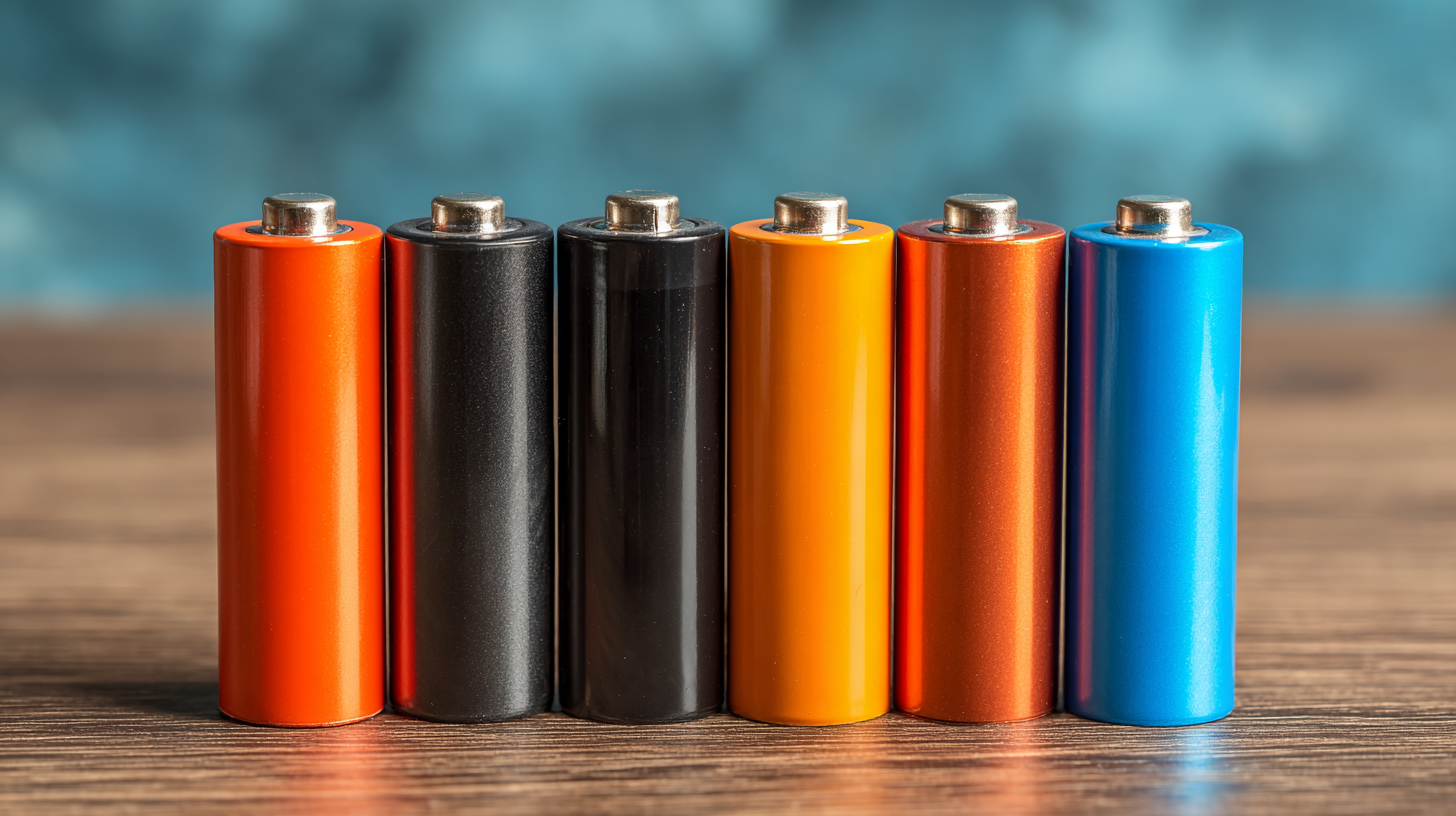 In recent years, the demand for efficient and sustainable energy solutions has surged, with Lifepo4 Battery Cell technology at the forefront of this revolution. As a notable player in this sector, Roofer Electronics Technology (Shanwei) Co., Ltd. leverages its 27 years of experience in R&D, manufacturing, and solution services to provide cutting-edge lithium batteries and energy storage systems. According to a report by Market Research Future, the global lithium battery market is projected to reach $100 billion by 2027, driven by the increasing adoption of renewable energy sources and electric vehicles. Lifepo4 Battery Cells, known for their safety, long cycle life, and thermal stability, are becoming a preferred choice for numerous applications, ranging from household energy storage to electric bicycles and power tools. As we delve into the intricacies of Lifepo4 Battery Cell technology, we will explore its benefits and the significant role it plays in modern energy solutions, enhancing efficiency and sustainability in various sectors.
In recent years, the demand for efficient and sustainable energy solutions has surged, with Lifepo4 Battery Cell technology at the forefront of this revolution. As a notable player in this sector, Roofer Electronics Technology (Shanwei) Co., Ltd. leverages its 27 years of experience in R&D, manufacturing, and solution services to provide cutting-edge lithium batteries and energy storage systems. According to a report by Market Research Future, the global lithium battery market is projected to reach $100 billion by 2027, driven by the increasing adoption of renewable energy sources and electric vehicles. Lifepo4 Battery Cells, known for their safety, long cycle life, and thermal stability, are becoming a preferred choice for numerous applications, ranging from household energy storage to electric bicycles and power tools. As we delve into the intricacies of Lifepo4 Battery Cell technology, we will explore its benefits and the significant role it plays in modern energy solutions, enhancing efficiency and sustainability in various sectors.
Introduction to LiFePO4 Battery Technology: What You Need to Know
LiFePO4 (Lithium Iron Phosphate) battery technology has gained significant traction in the energy solutions landscape due to its remarkable safety, stability, and performance characteristics. As a type of lithium-ion battery, LiFePO4 cells stand out for their thermal stability and lower risk of fire compared to other lithium chemistries. According to a report by MarketsandMarkets, the global Lithium Iron Phosphate battery market is projected to reach $5.51 billion by 2026, driven by increasing demand from the electric vehicle (EV) sector and renewable energy storage applications.
The introduction of new battery technologies, such as the recently announced 18650 potassium-ion battery, highlights the ongoing innovation in energy storage solutions. This novel battery has the potential to challenge traditional lithium-ion cells due to its environmentally friendly materials and lower costs. Interestingly, both LiFePO4 and potassium-ion technologies represent a shift towards sustainable energy solutions that prioritize efficiency and safety, addressing the rising concerns over resource scarcity and environmental impact associated with conventional lithium extraction methods. As the energy landscape evolves, understanding these technologies will be crucial for stakeholders seeking to adopt the most effective and sustainable energy storage options.
Key Advantages of LiFePO4 Batteries Over Traditional Lithium-ion Solutions
LiFePO4 (Lithium Iron Phosphate) batteries have emerged as a leading alternative to traditional lithium-ion solutions, demonstrating significant advantages that cater to modern energy demands. One of the most compelling benefits of LiFePO4 batteries is their enhanced thermal stability. This characteristic not only ensures safety during operation but also extends the longevity of the battery, making it an ideal choice for applications in renewable energy systems, including solar power solutions where reliability is paramount.

Moreover, LiFePO4 batteries exhibit impressive cycle life and charge/discharge rates compared to conventional lithium-ion batteries. They can sustain more charge cycles without significant capacity degradation, making them cost-effective over the long term. This capability is especially valuable in the rapidly growing solar generator market, expected to value $591 million by 2024. With the increasing push for sustainable energy, the efficiency and durability of LiFePO4 technology position it as a cornerstone for future energy storage solutions, paving the way for a more reliable renewable energy infrastructure.
Understanding the Chemistry Behind LiFePO4 Cells and Their Performance Metrics
LiFePO4 (lithium iron phosphate) cells are increasingly recognized for their exceptional performance metrics and cost-effectiveness, making them a cornerstone in modern energy solutions. With an olivine structure, LiFePO4 exhibits unique electrochemical properties, including thermal stability and a lower environmental impact compared to other lithium-ion battery chemistries. The current trend towards spherical LiFePO4 powder production enhances the particle morphology, which is pivotal for improving energy density and cycle life. This development highlights how the physical form of battery materials plays a critical role in their overall performance.
At Roofer Electronics Technology, our extensive experience in R&D and manufacturing enables us to leverage these advancements in LiFePO4 technology. We focus on creating reliable energy storage solutions spanning various applications, from household energy systems to electric vehicles. Our commitment to using high-quality materials ensures that our products deliver optimal efficiency and safety. The ongoing evolution of LiFePO4 technology positions it as a key player in the shift towards sustainable energy utilization, reflecting a synergistic relationship between innovation and environmental responsibility.
Performance Metrics of LiFePO4 Batteries
Applications of LiFePO4 Batteries in Renewable Energy and Electric Vehicles
LiFePO4 batteries, known for their safety and longevity, are making significant strides in renewable energy and electric vehicle (EV) applications. According to a report by Grand View Research, the global LiFePO4 battery market is expected to exceed $13 billion by 2026, with a substantial portion of this growth driven by the increasing demand for sustainable energy storage solutions. These batteries not only offer high thermal stability but also a longer cycle life, which is critical for applications in solar energy systems and electric vehicles.
In renewable energy, LiFePO4 batteries serve as reliable storage units, enabling users to harness solar energy during peak generation times and use it during periods of low sunlight. For instance, they can retain about 80-90% of their charge over extensive charge-discharge cycles, making them ideal for off-grid setups or home energy storage systems.
Tip: When considering a LiFePO4 battery for your renewable energy system, look for units with a higher amp-hour rating as this indicates a longer capacity for energy storage.
Electric vehicles are another significant application, with LiFePO4 batteries powering many modern EVs due to their lightweight and efficient power output. The automotive industry is rapidly adopting this technology; a report from the International Energy Agency indicates that global electric vehicle sales reached over 6.6 million units in 2021, with the trend showing no signs of slowing.
Tip: Assess the battery management system (BMS) of any LiFePO4 battery, as this can play a crucial role in maximizing the lifespan and performance of your electric vehicle’s battery.
Best Practices for Maintaining and Maximizing the Lifespan of LiFePO4 Batteries
LiFePO4 (Lithium Iron Phosphate) batteries have emerged as a pivotal technology in the realm of modern energy solutions, particularly due to their safety, longevity, and thermal stability. With advancements in battery technology, the global market has seen a significant uptick, projected to reach approximately $75 billion by 2023, with LiFePO4 batteries accounting for a substantial share. This surge can be attributed to their extensive use in emergency lighting systems, where reliability is critical. Understanding the best practices for maintaining these batteries can significantly enhance their lifespan and performance, often leading to an operational life of 10 years or more.
To maximize the lifespan of LiFePO4 batteries, it is essential to implement proper charging practices, avoiding overcharging and excessive discharging. Keeping the batteries at optimal temperatures, typically between 20°C to 25°C, is also crucial in preventing degradation. Furthermore, regular maintenance checks can help identify potential issues before they escalate. In the context of emergency lighting, where the readiness and reliability of power sources are paramount, following these maintenance practices ensures that the lights function effectively when needed, thereby safeguarding lives and property during critical situations.
Future Trends in LiFePO4 Technology and Its Impact on Energy Solutions
As the world transitions towards sustainable energy, LiFePO4 battery technology is emerging as a frontrunner in modern energy solutions. One of the most exciting future trends is the increasing efficiency of these batteries. Ongoing research is focused on enhancing their energy density and cycle life, making them even more suitable for applications in electric vehicles and renewable energy storage systems. As these advancements take shape, we can expect a substantial reduction in costs, making clean energy solutions more accessible to everyone.
Tip: For those looking to adopt LiFePO4 technology, consider investing in a battery management system (BMS). A BMS can help optimize the charging and discharging processes, ultimately extending the lifespan and performance of your batteries.
Another promising trend is the development of LiFePO4 batteries adapted for extreme conditions. Innovations in materials and design are aimed at increasing resilience against high temperatures and harsh environments. This could have significant implications for industries such as aviation and marine applications, where reliable energy sources are crucial.
Tip: Always research manufacturers who prioritize quality control and safety standards, particularly for batteries designed for extreme conditions. This ensures not only optimal performance but also safety when integrating these systems into demanding environments.
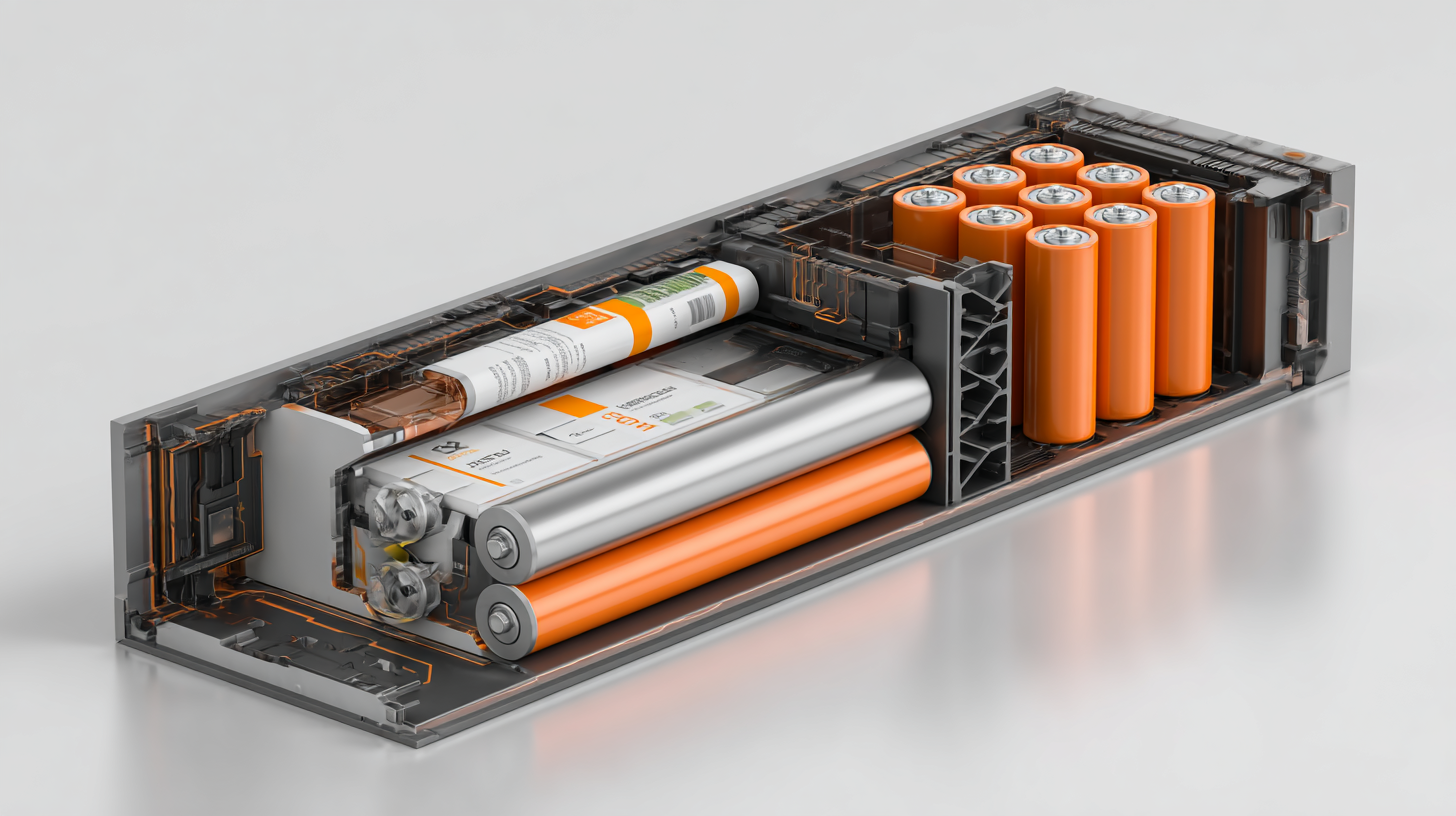
FAQS
: LiFePO4 batteries offer enhanced thermal stability, greater safety, longer cycle life, and faster charge/discharge rates, making them cost-effective and reliable for applications like renewable energy systems.
Thermal stability is crucial because it minimizes the risk of fire and prolongs the battery's lifespan, ensuring safer operation and greater reliability in various applications.
LiFePO4 technology emphasizes efficiency and safety, reducing environmental impact and resource scarcity concerns associated with conventional lithium extraction methods, thus supporting the shift toward sustainable energy utilization.
The global market for Lithium Iron Phosphate batteries is projected to reach $5.51 billion by 2026, largely driven by demand from the electric vehicle sector and renewable energy storage.
The newly announced 18650 potassium-ion battery presents an alternative to traditional lithium-ion cells due to its environmentally friendly materials and lower costs.
Improved spherical LiFePO4 powder production enhances energy density and cycle life, which are critical factors for the overall performance of the battery.
LiFePO4 technology is especially valuable in renewable energy systems, including solar power solutions and electric vehicles, where reliability and longevity are paramount.
Roofer Electronics Technology focuses on R&D and manufacturing of reliable energy storage solutions that utilize high-quality materials to ensure optimal efficiency and safety in various applications.
Conclusion
In today's energy landscape, the LiFePO4 Battery Cell technology stands out for its numerous benefits, particularly in comparison to traditional lithium-ion solutions. This reliable technology, characterized by its stable chemistry and safety features, plays a crucial role in various applications, from renewable energy systems to electric vehicles. With a focus on optimizing performance metrics, LiFePO4 batteries offer longer lifespans and enhanced efficiency, making them a preferred choice for modern energy solutions.
At Roofer Electronics Technology (Shanwei) Co., Ltd., we harness over 27 years of expertise in lithium battery R&D and manufacturing to provide innovative energy storage systems. Our commitment to advancing LiFePO4 technology aligns with the future trends in the industry, ensuring that our products remain at the forefront of energy solutions. As we continue to explore best practices for maintaining LiFePO4 Battery Cells, we foresee an exciting evolution in how this technology can sustainably power our everyday lives.
Related Posts
-
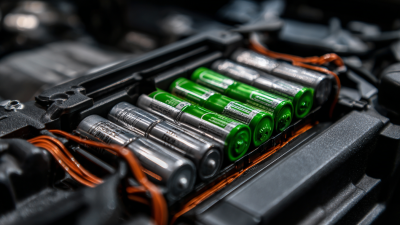
How to Maximize Efficiency with Your Lithium Ion Battery Pack
-

Future Innovations in Best Solar Generating Stations for 2025 a Comprehensive Guide to Next Generation Technologies
-
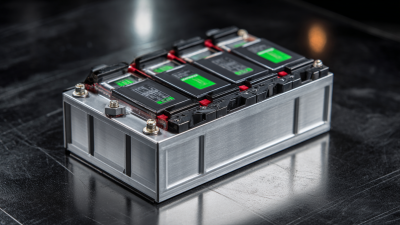
Understanding the Industry Standards for Best 12v Lithium Iron Battery Production
-
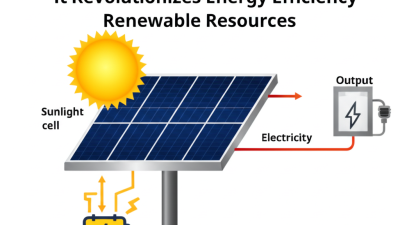
What is a Solar Cell Generator and How It Revolutionizes Energy Efficiency in Renewable Resources
-

Leading Global Manufacturer: Explore the Best 3.2v 100ah Lifepo4 Battery Cells Available Today
-
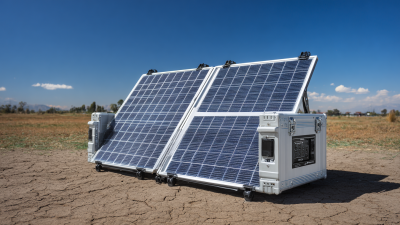
2025 Solar Powered Generator Trends and Comparisons to Watch for in the Industry





 business@roofer.cn
business@roofer.cn +86 13502883088
+86 13502883088






